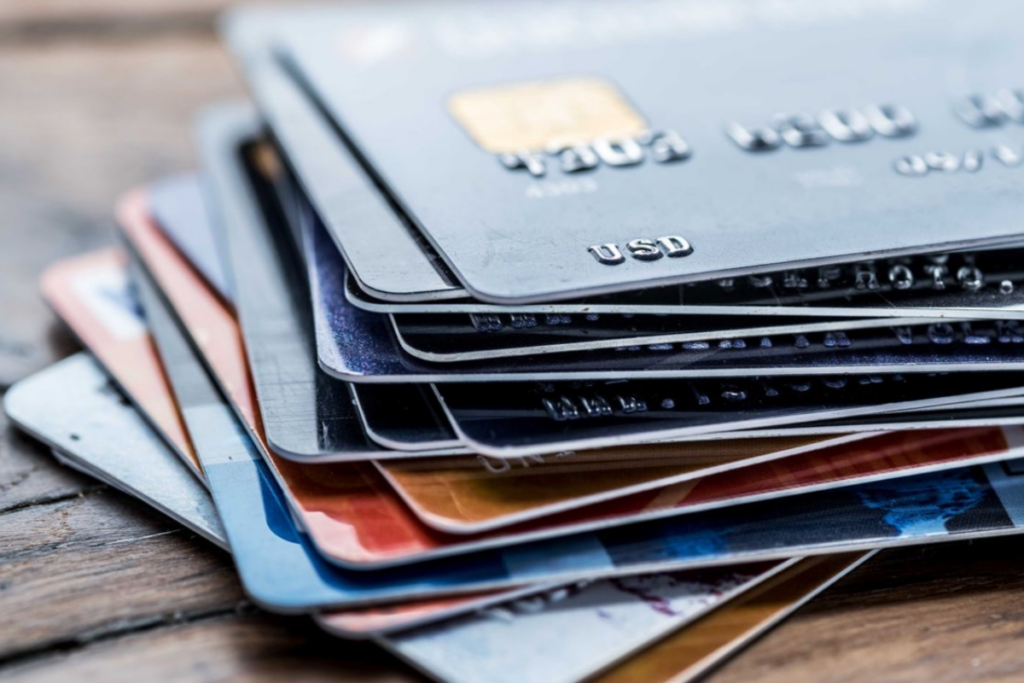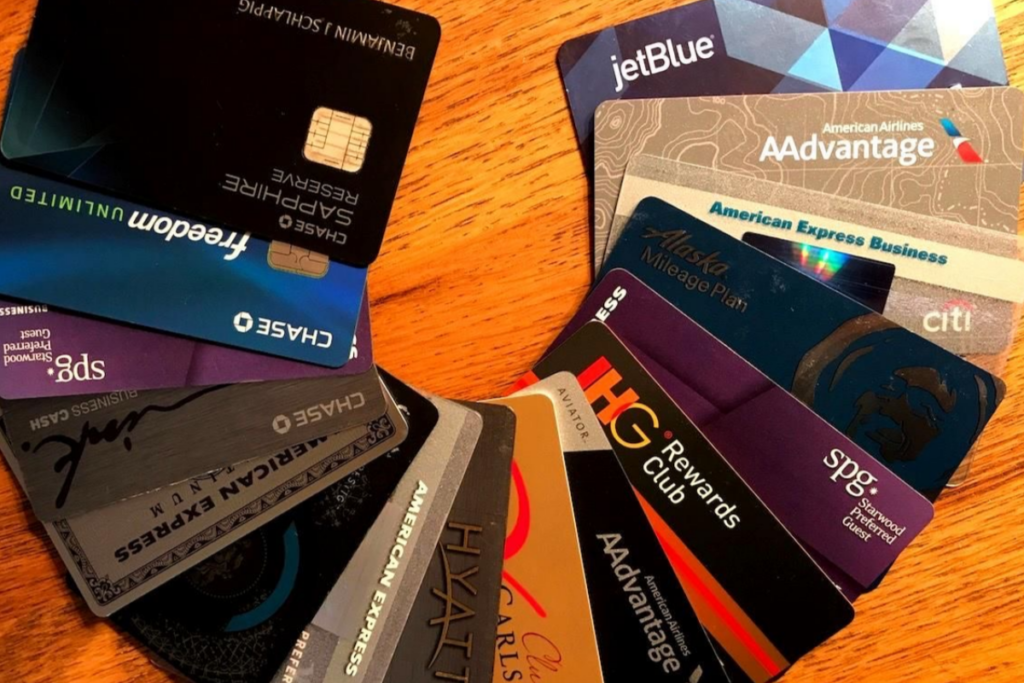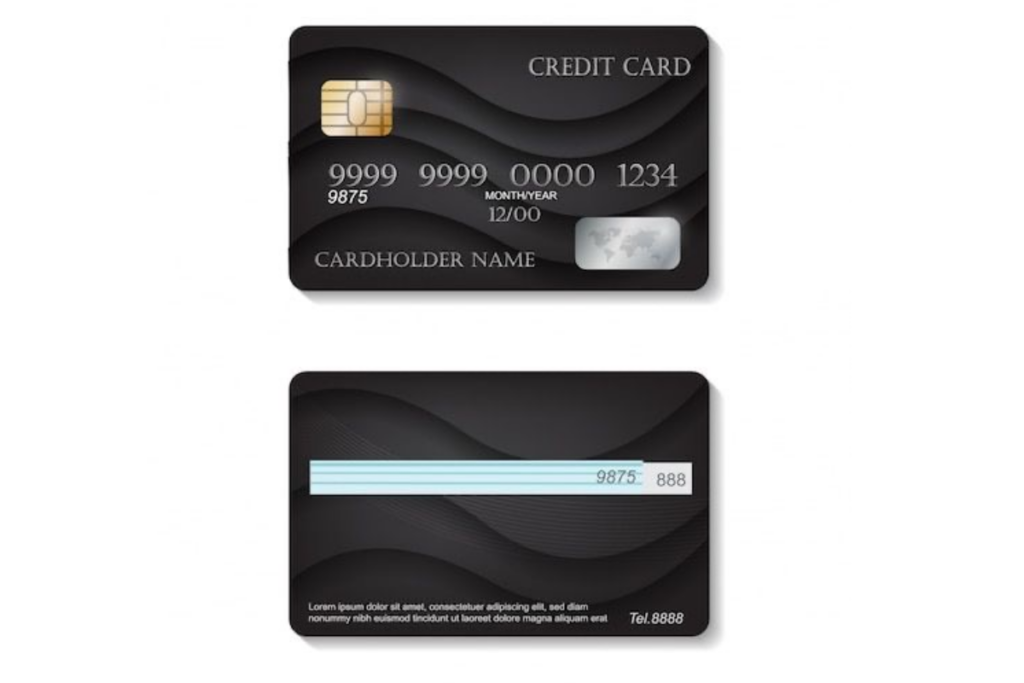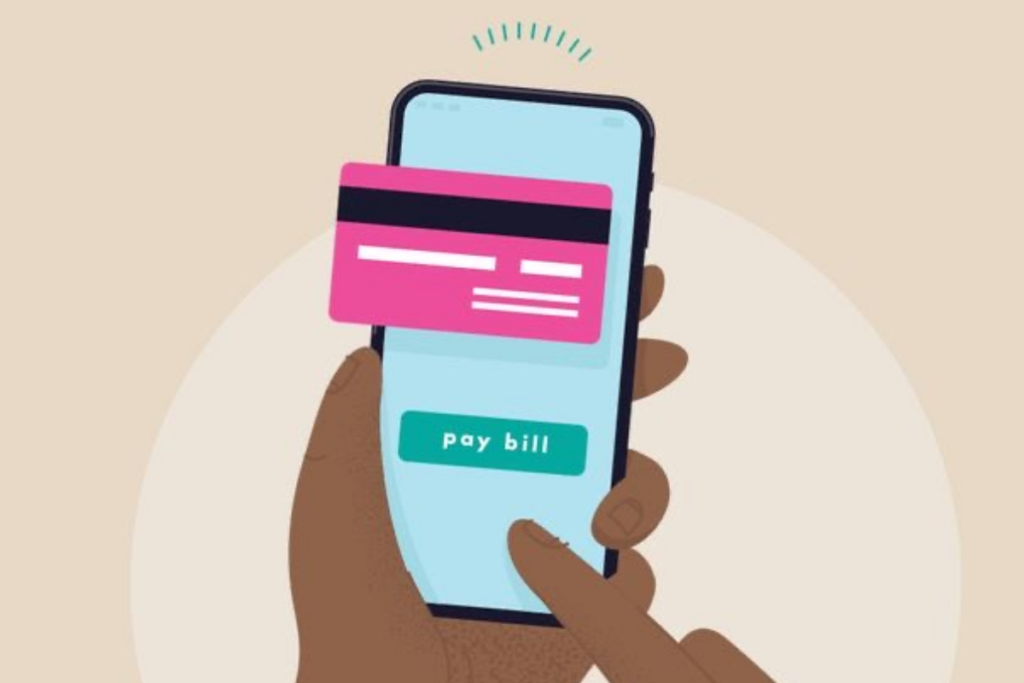Credit card debt in the United States has reached outstanding levels. This is because Americans now collectively owe a shocking $1.14 trillion. The Federal Reserve Bank of New York reported this. This amount marks a significant milestone that highlights the growing dependence on credit among consumers.
How Much Does the Average Person Have in Credit Card Debt?
Individually, the average balance per consumer has risen to $6,329. According to data from TransUnion’s quarterly credit industry insights report, this reflects a 4.8% increase compared to the previous year.

This increase in credit card debt emphasizes the financial pressure many Americans face. It also shows implications for economic stability and consumer spending habits in a much larger picture.
What Is Credit Card Delinquency?
Credit card delinquency rates have risen across various demographics and financial profiles. This is according to the Federal Reserve Bank of New York and TransUnion findings. This means that more people are falling behind on their credit card payments, leading to an increase in the number of overdue accounts.

Over the past year, the New York Fed reported that approximately 9.1% of credit card balances became delinquent. This shows that nearly one in ten credit card holders have missed payments.
ALSO READ: Tips for Requesting a Lower Minimum Payment on Your Credit Card
Credit Card Debt
Michele Raneri, Vice President and Head of U.S. Research and Consulting at TransUnion, observed that borrowers with revolving debt are “maxing out their credit cards.”

Credit card balances saw a temporary decline during 2020 and early 2021. “This decline was primarily influenced by factors related to the COVID-19 pandemic,” explained Ted Rossman. Rossman is a senior industry analyst at Bankrate. He noted that this decrease was driven by the distribution of government stimulus checks.
These checks provided many Americans with additional funds and reduced consumer spending opportunities due to widespread lockdowns and restrictions. As a result, cardholders were less likely to accumulate credit card debt during this period.
What Is the Average Credit Card Debt for Those Cardholders Who Carry a Balance?
Since early 2021, credit card balances have significantly increased by 48%. This was driven by a combination of factors, including a post-pandemic surge in spending on services, high inflation, and rising interest rates. This significant increase in consumer debt shows a big trend where consumers are eager to indulge in travel and entertainment.

They want to make up for the experiences they missed during the COVID-19 pandemic. A recent report by Bankrate highlights this trend. It shows that cardholders are eager to recapture the joys and freedoms they were denied during the period when they had to stay at home.
ALSO READ: The Truth Behind Credit Card Applications: Does It Really Hurt Your Credit?
What Is Revenge Spending?
Michele Raneri further made a suggestion. She suggested that it’s time for people to reconsider their approach. She noted that the trend of “revenge spending,” a situation where consumers spend heavily on purchases to make up for the experiences they lost during the pandemic, has been stretched out for too long. “Maybe there’s an opportunity to help people feel like they’ve made up for what they missed and guide them toward returning to their usual spending habits,” she said.

Raneri also cautioned that credit cards are one of the costliest methods of borrowing money. Average interest rates now exceed 20%, nearing an all-time high.
Is There a Way to Quickly Reduce Credit Card Debts?
Ted Rossman talked about how urgent it is to deal with credit card debt. He noted that with balances at an all-time high and interest rates getting close to record levels, something needs to be done. He says that at this point, it is essential to reduce this debt as soon as possible.

Ted recommended that those carrying a balance should consider reducing their debt by taking out a personal loan with a lower interest rate. They could also try switching to an interest-free balance transfer credit card. These strategies can help reduce the overall interest paid and make it easier for them to pay off the debt faster.
What Is the Consumer Credit Card Debt?
As of 2024, U.S. consumer credit card debt is nearing a historical peak record. Consumers owe more than $1 trillion. This amount shows the total outstanding balance on the credit cards of consumers all over America. This huge debt indicates a major increase in the amount of money being borrowed by consumers.

Apart from revenge spending, this increase is also being affected or caused by factors such as rising living costs and higher interest rates. This level of debt can significantly affect the economy and lead to strain for many households.
ALSO READ: Managing Mortgage Payments: Using Your Credit Card
What Is the Maximum Credit Card Debt?
There is no certain limit on borrowing or “maximum” credit card debt. It all depends on an individual’s credit limit across all their credit cards. While some people can borrow tens of thousands of dollars on their credit cards, others can’t. Individuals who can accumulate thousands of dollars in credit card debt usually have high credit limits, and this is what sets them apart from people who accumulate smaller amounts.

In extreme situations, only those with good credit scores and multiple high-limit cards can accumulate more than $100,000 in credit card debt. However, such levels of debt for just an individual are often rare; in most cases, they lead to financial distress or bankruptcy.
You Might Also Like:
Your Guide to Navigating the Infamous Aldi ‘Aisle of Shame’
JPMorgan Chase Equips Employees With AI Assistant From ChatGPT Maker OpenAI
Ferrari CEO Asserts All-Electric Model Retains the ‘Emotion’ of the Famed Supercars
10 Dollar Store Items You Should Always Avoid
Summer is ‘high season’ for Flight Delays: Essential Tips for Travelers

